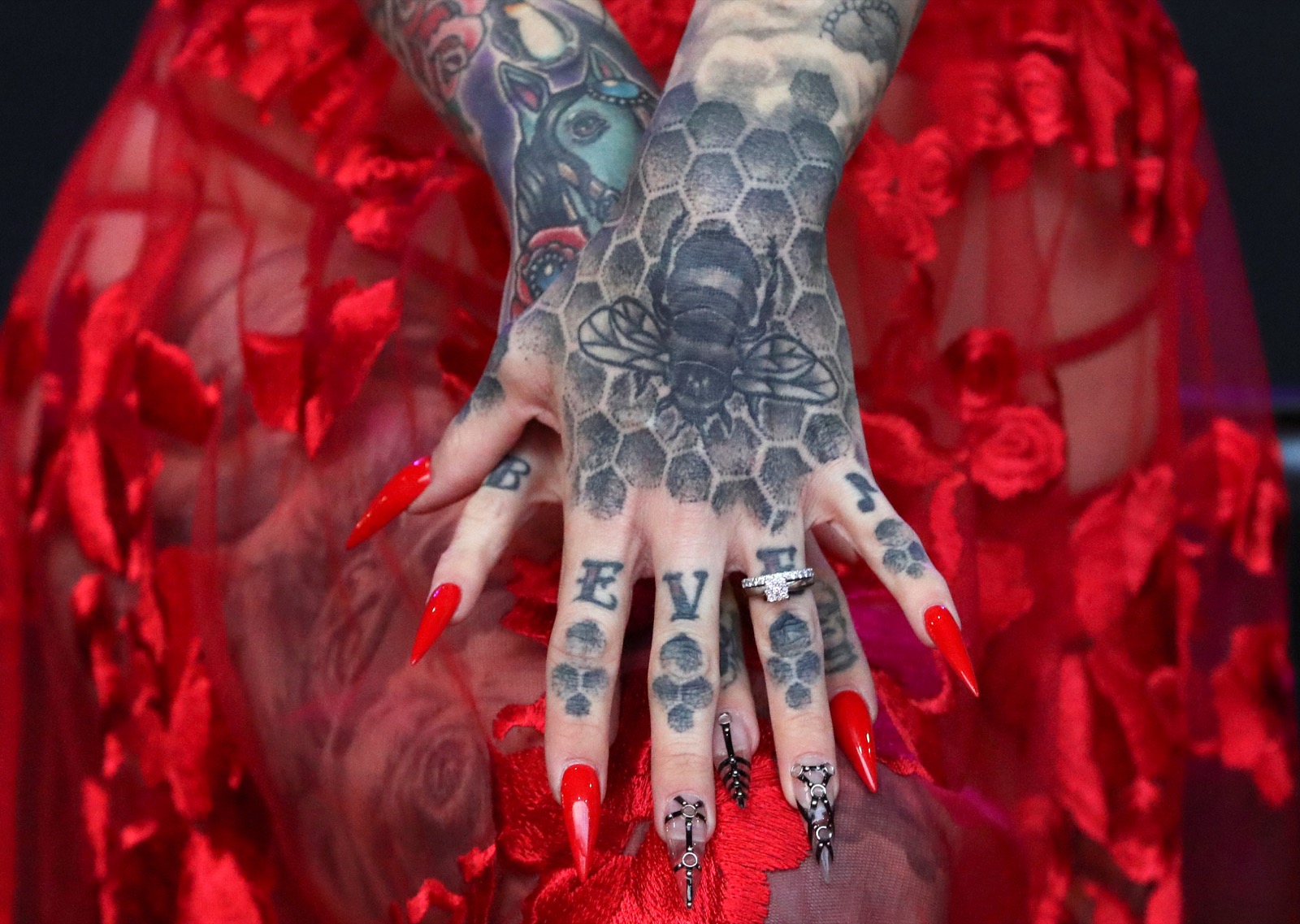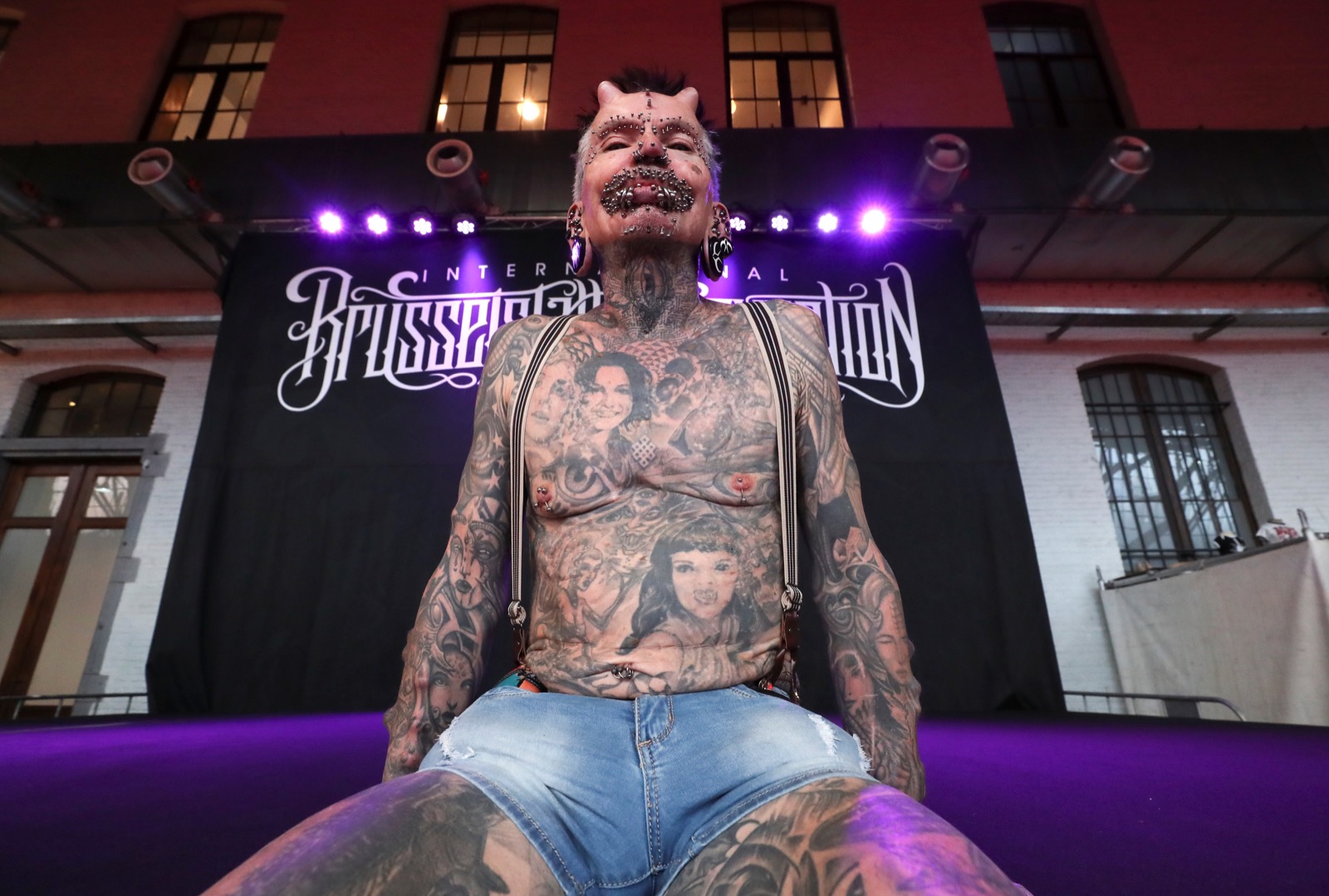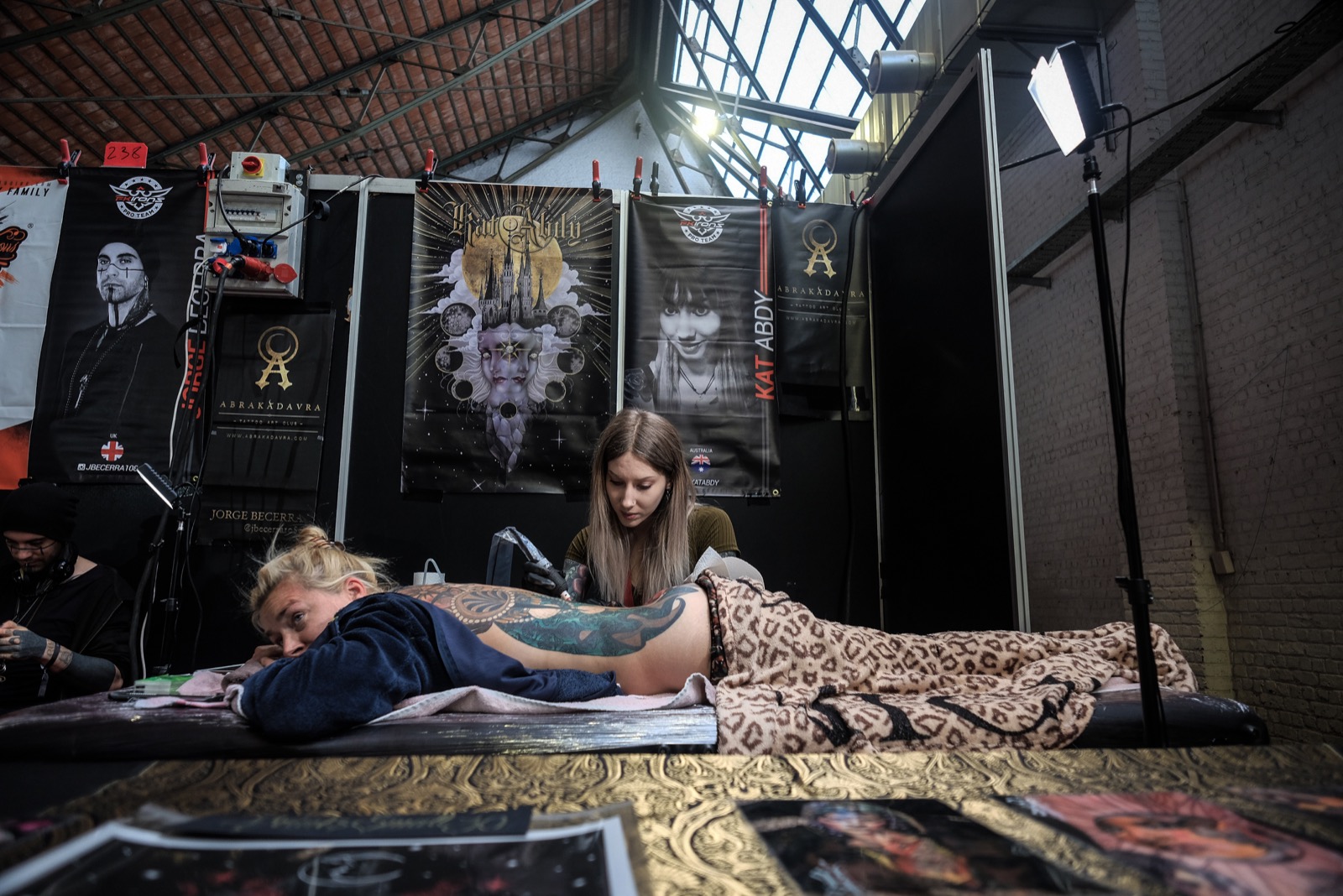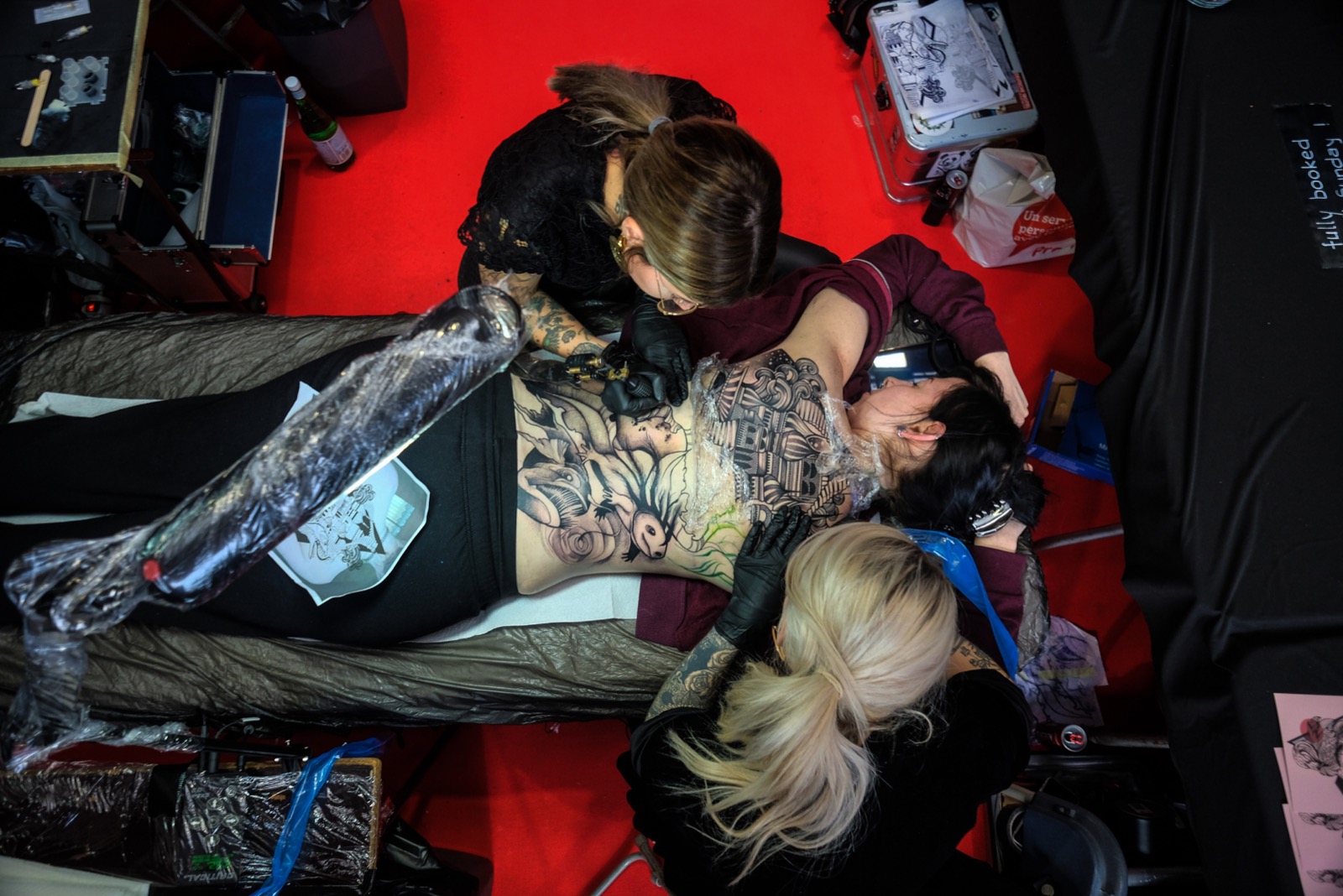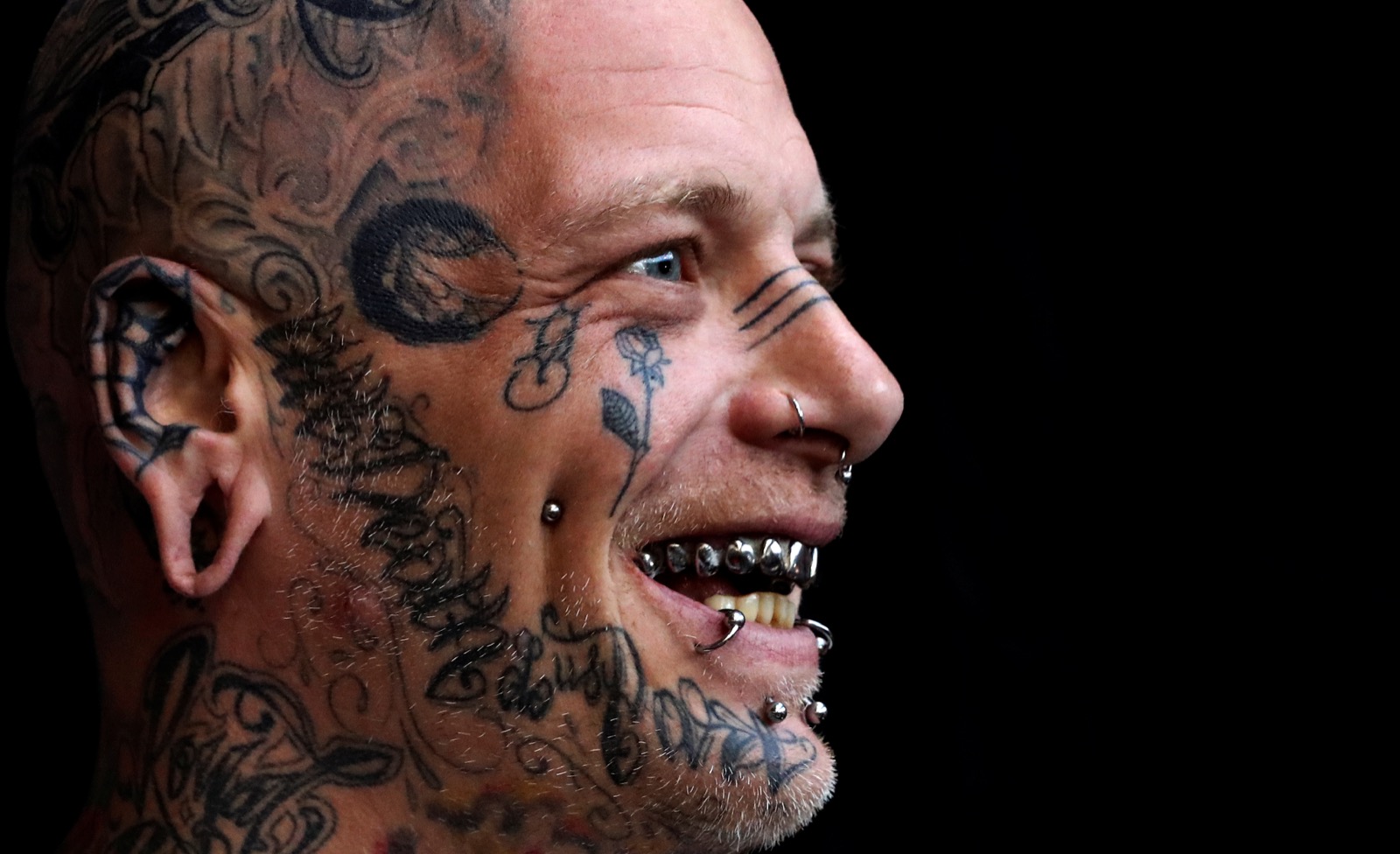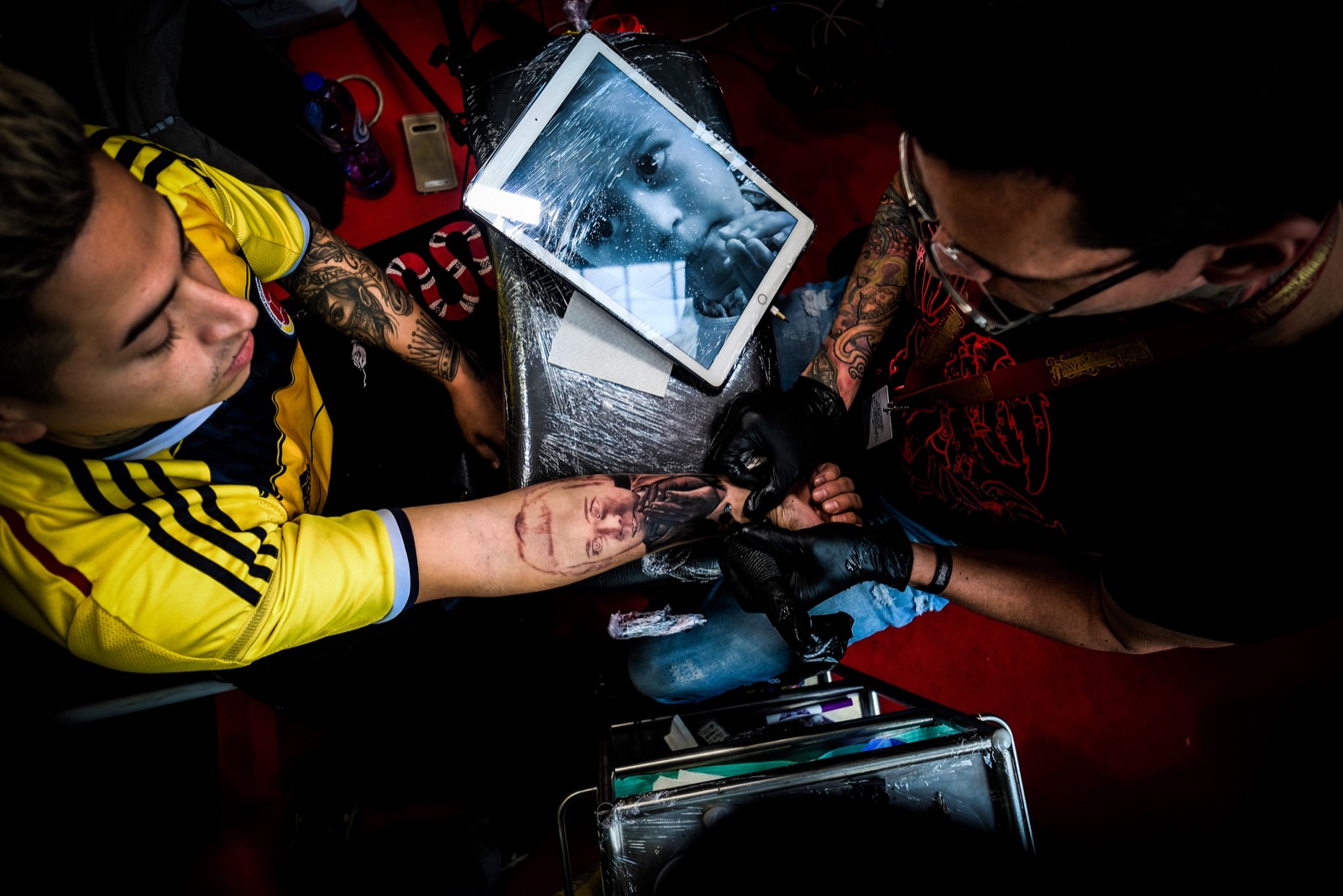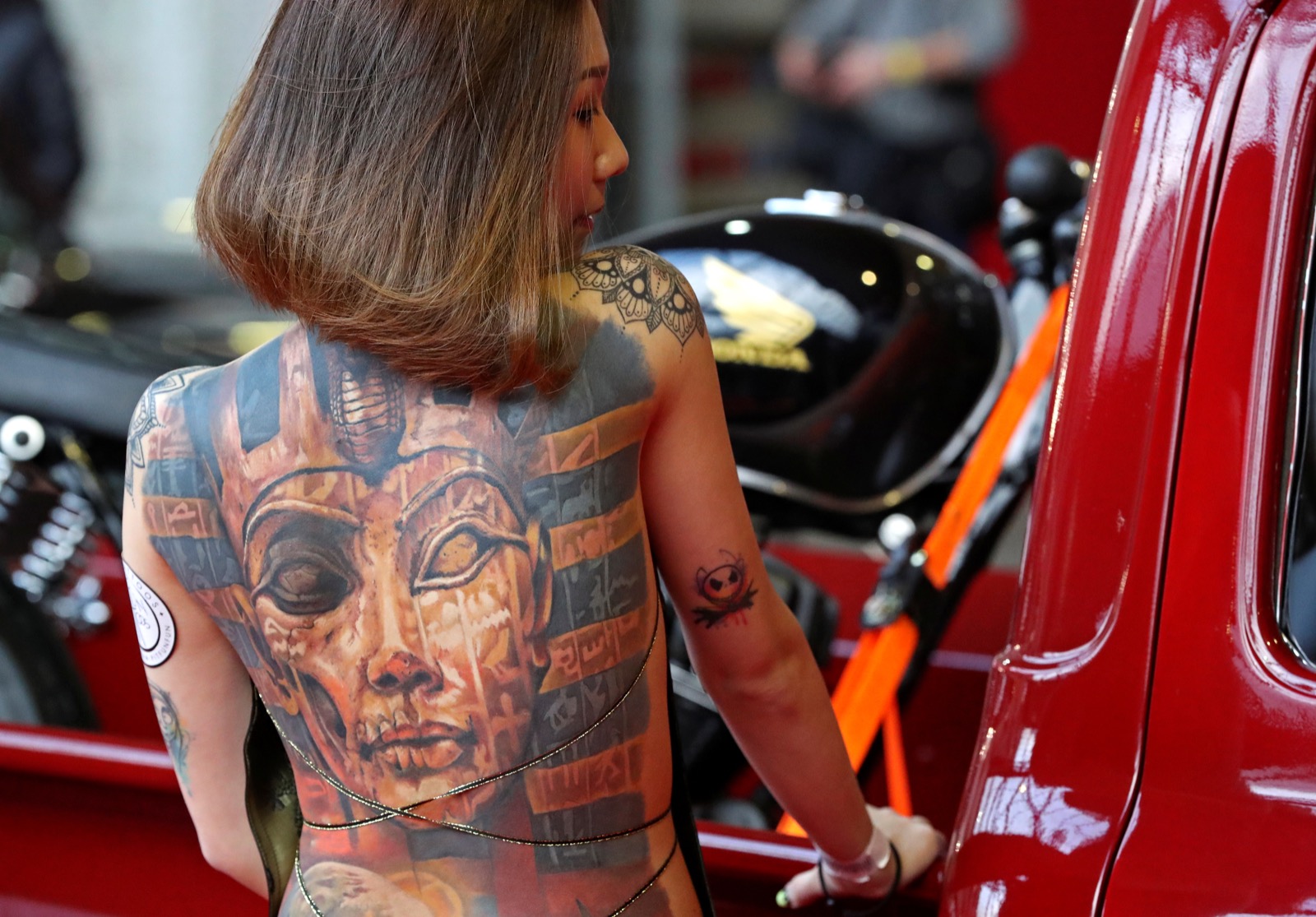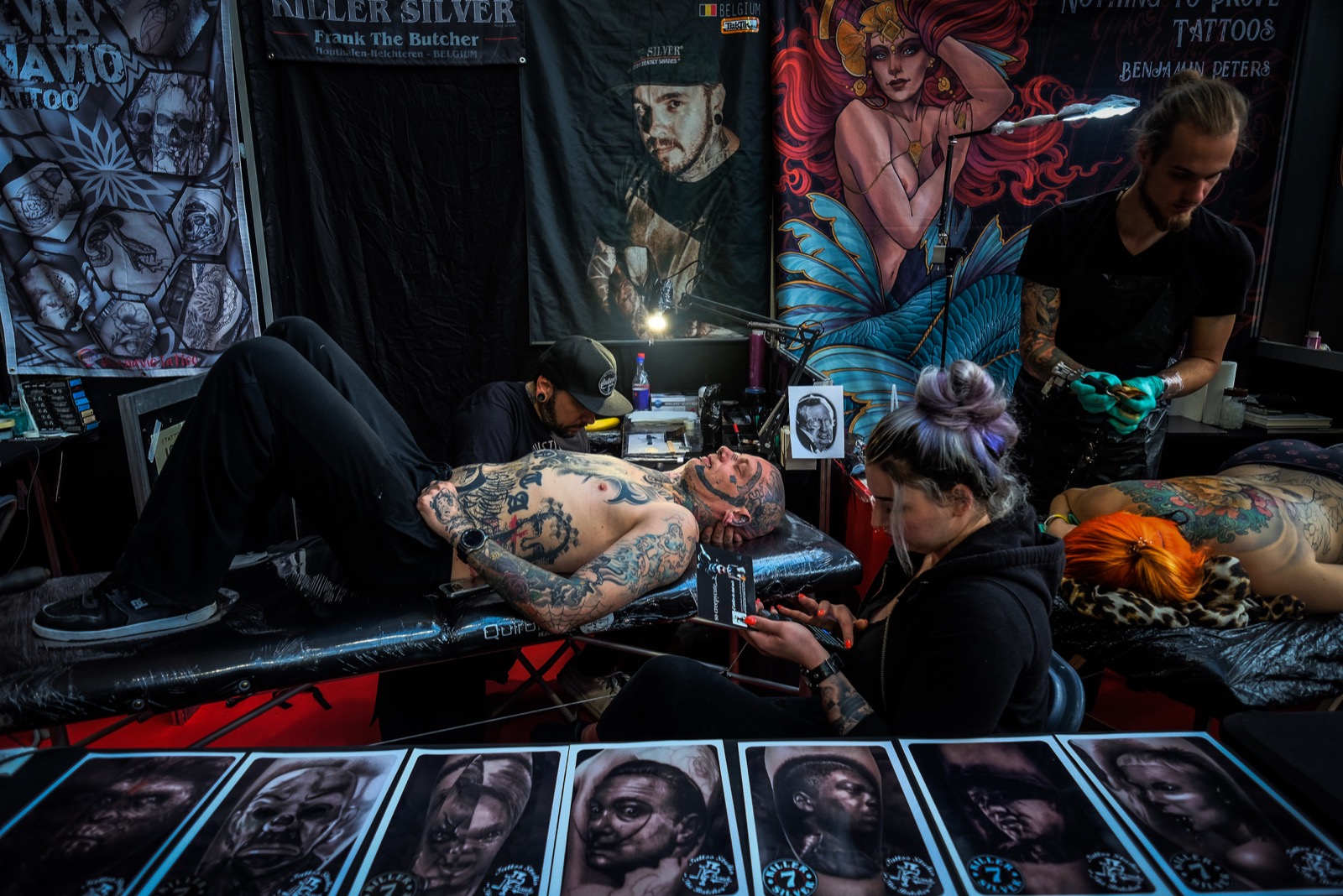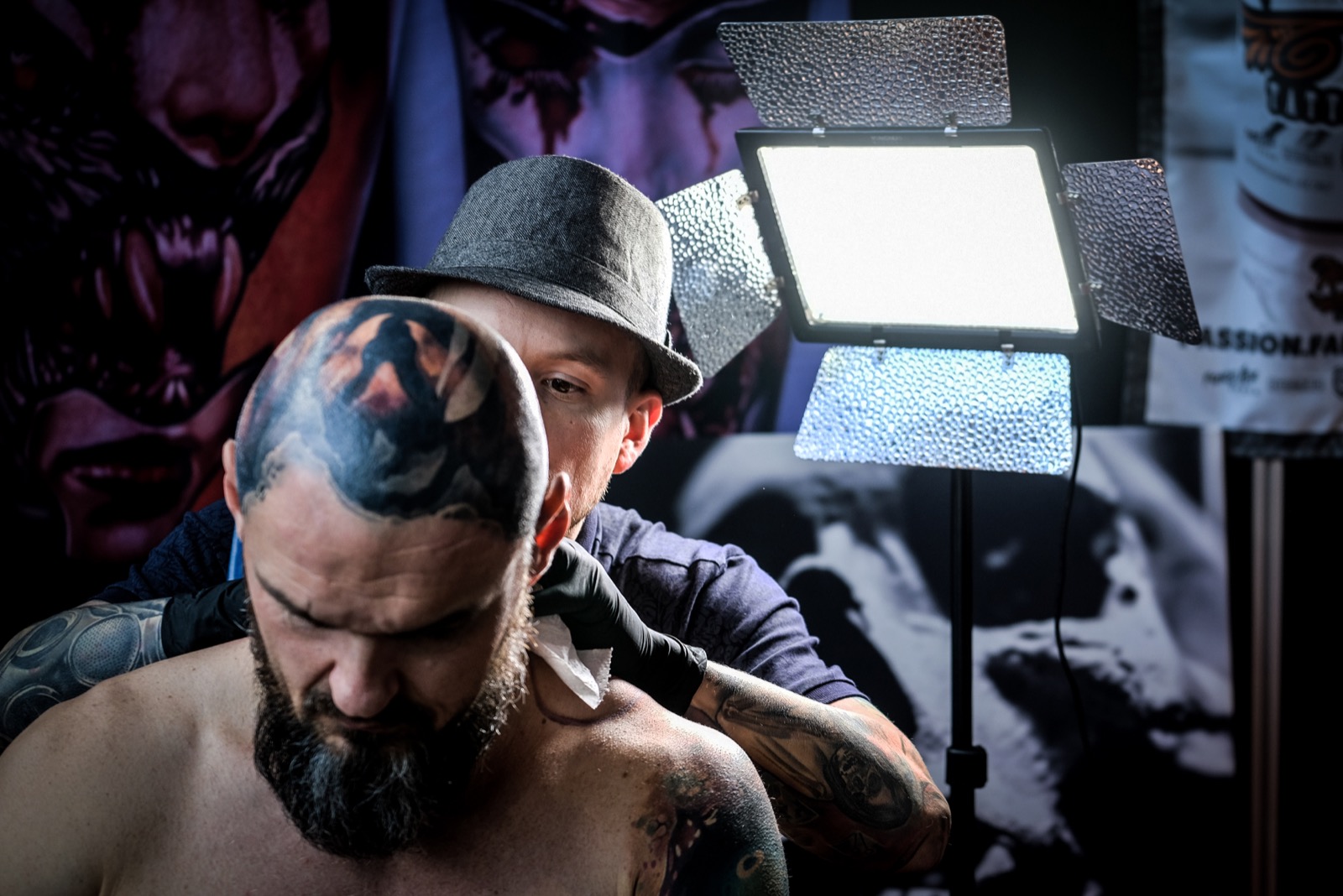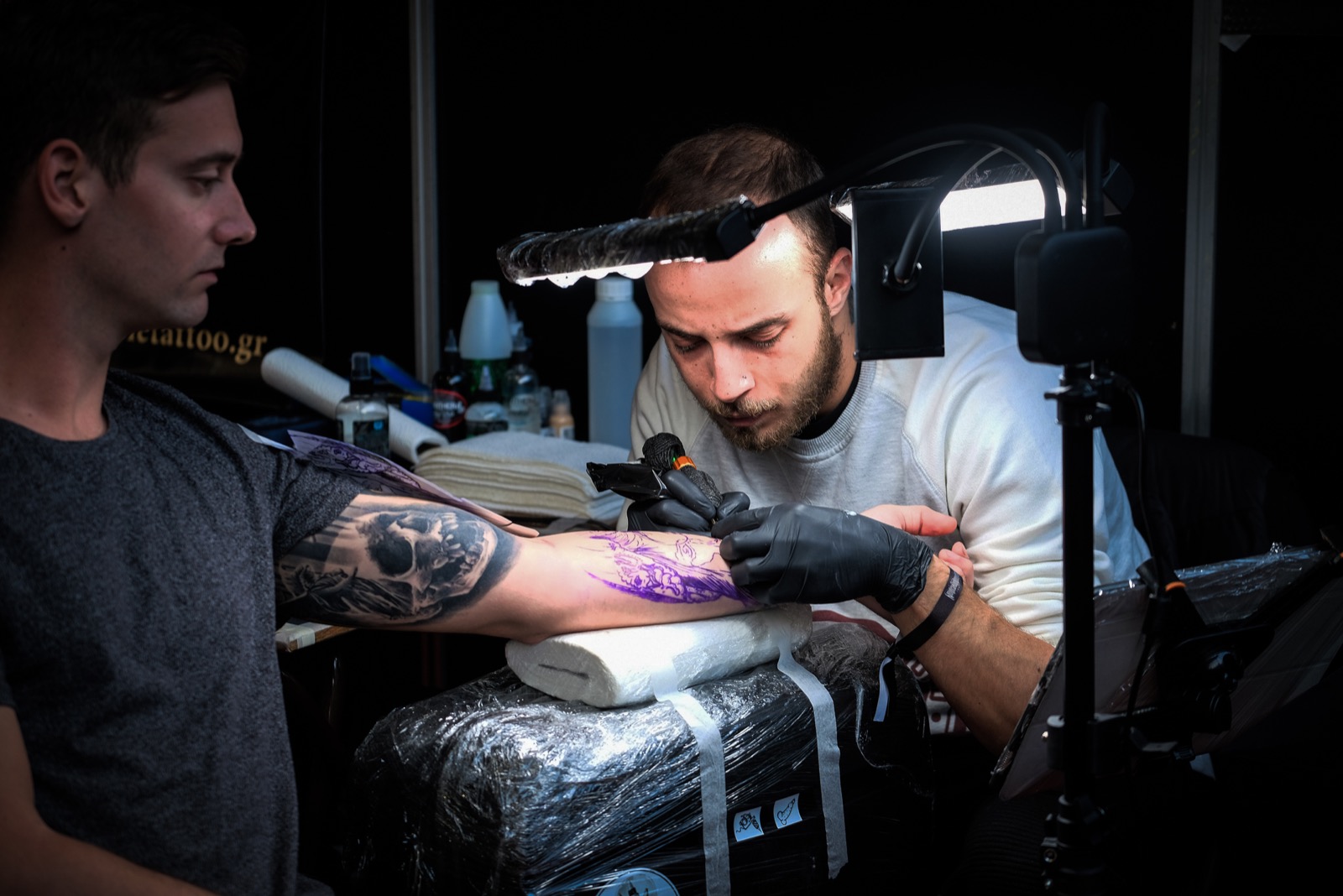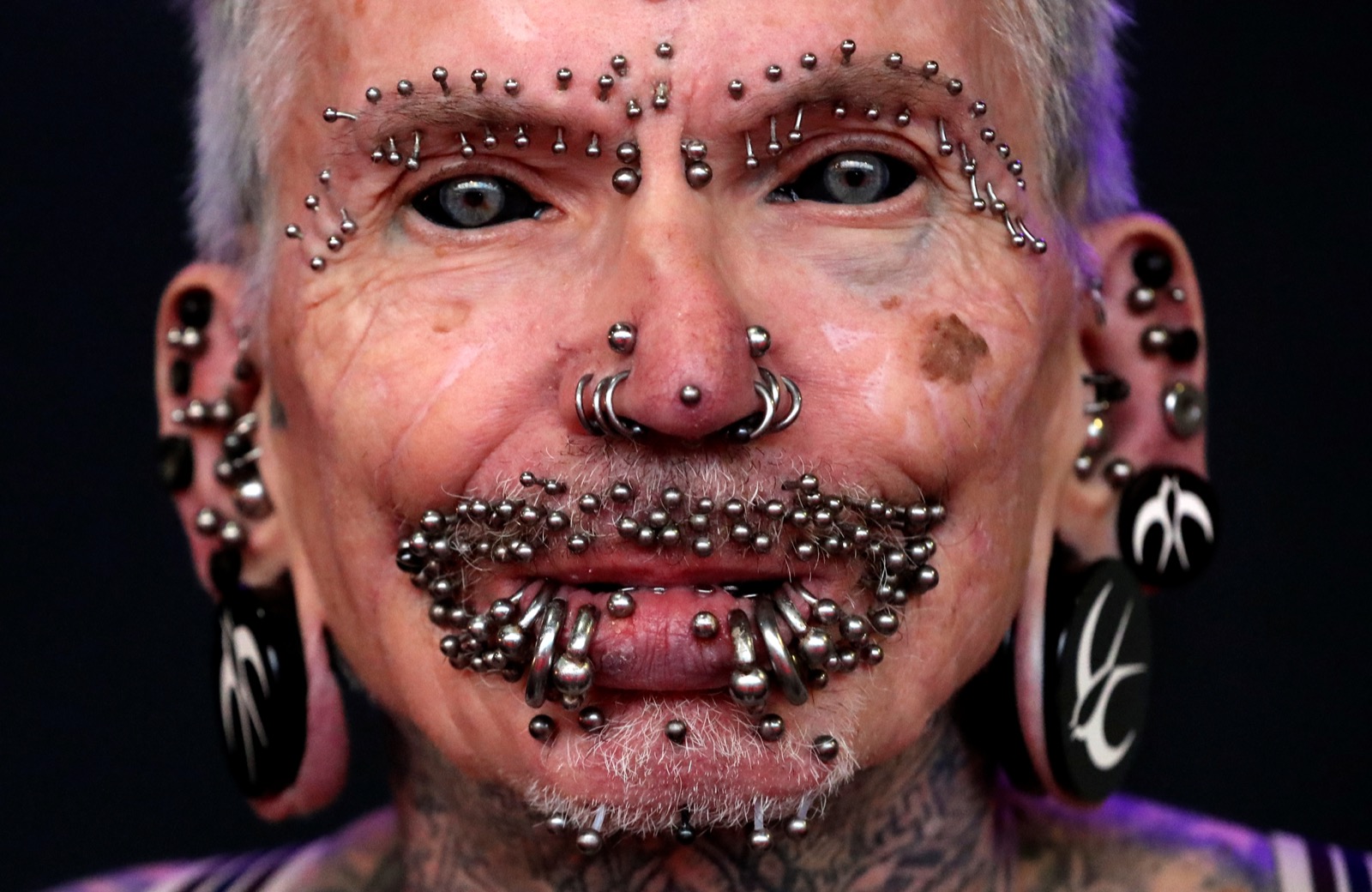In December 2011, a horrific car accident knocked Jason Esterhuizen unconscious. When he woke up in a hospital in Pretoria, South Africa, hours away from his hometown, he couldn’t see. The crash had destroyed his eyes and left him completely blind.
Esterhuizen was devastated. At the time, he was 23 and studying to become an airline pilot. The first two years after the accident were the hardest. “Life changes in an instant,” he tells OneZero. “I used to fly airplanes and ride motorcycles and drive my own car.”
Esterhuizen eventually got mobility training and learned how to read braille, use assistive devices, and work on a computer. Then, in 2013, he tuned in to a TV news segment about a company developing a brain implant that could create artificial vision for people like him. Second Sight, based in Sylmar, California, had just won approval in the United States for a retinal implant designed to assist people with blindness caused by a rare genetic disorder called retinitis pigmentosa. Esterhuizen wasn’t a candidate for that device, but by 2018 the company had developed a brain implant that could change his life.
Now part of a small clinical trial, Esterhuizen is one of six blind patients to receive the experimental device, called the Orion. It’s meant to provide artificial vision to people who have gone blind from a wide range of causes, including glaucoma, diabetic retinopathy, optic nerve injury or disease, and eye injury. If it works and is proven safe, it and other brain implants could potentially help many more people who are blind.
When Esterhuizen learned he was a candidate for the trial at the beginning of 2018, he and his wife uprooted their lives in South Africa and moved to Los Angeles to be in the study. The device, he says, allowed him to see his birthday candles for the first time in more than seven years.
From the outside, the Orion looks like a pair of sunglasses with a small camera and video processing unit (VPU) attached to it. Implanted in the brain, however, is a postage stamp-sized chip containing 60 electrodes that sits on the visual cortex, the part of the brain that processes visual information. When the device is switched on, the camera captures a person’s surroundings, and the wireless VPU converts those images into electrical pulses using an algorithm. Those pulses are transmitted to the electrodes on the brain, which interprets them as visual clues.





























